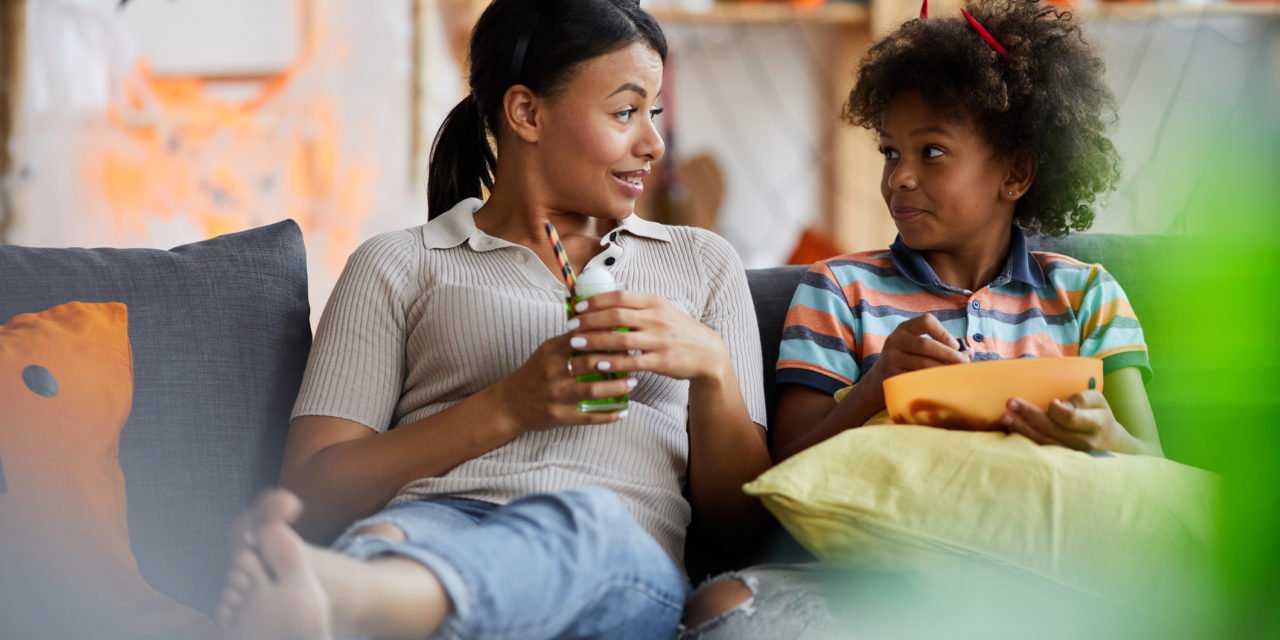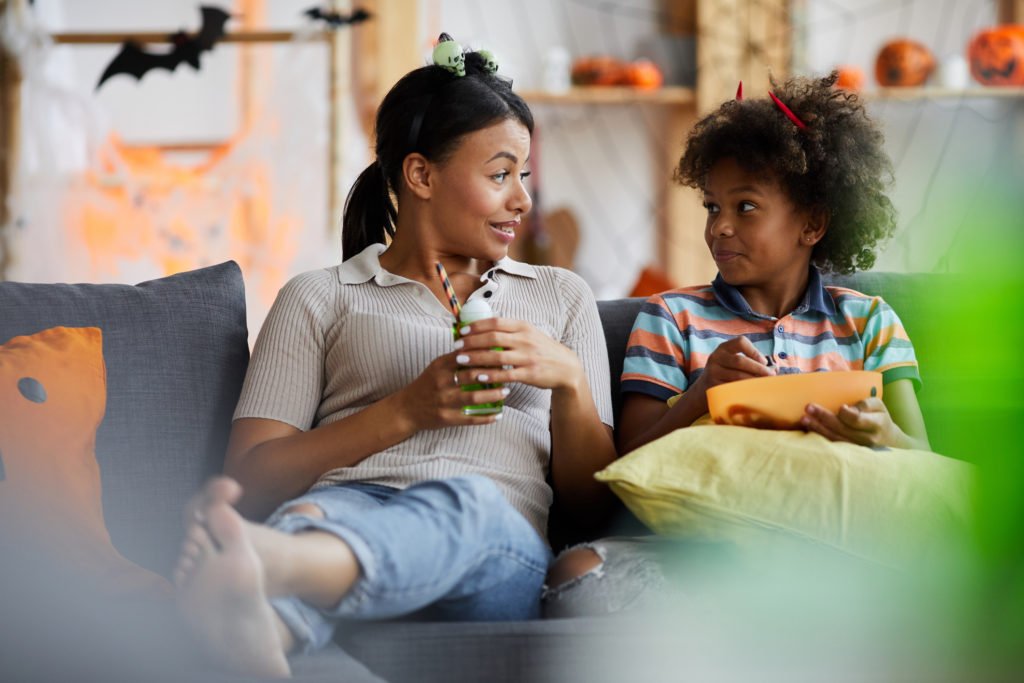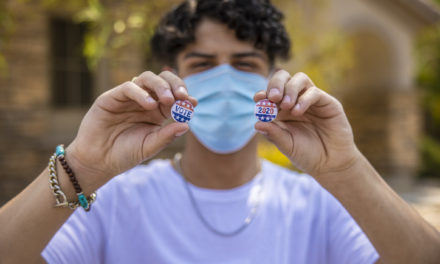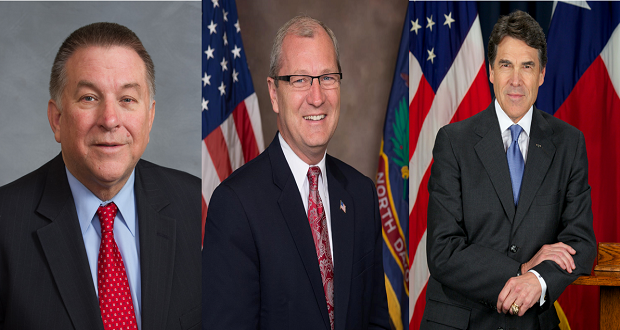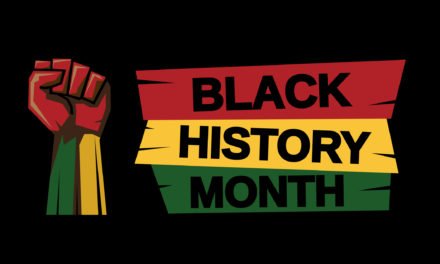With just a little over a week until Halloween, I find myself once again searching the internet for the perfect fun and appropriate costume to don for the night. Now that the pandemic is on the downturn in some areas, more people are planning to celebrate this year and the holiday falling on the weekend means even more participation from excited children trick-or-treating in the neighborhood to adults gathering for intimate parties and bar crawls alike.
As a Black woman, Halloween has always been a strange day for me. Growing up in Los Angeles it was something we watched Disney Channel movies about, hearing tales of children dressing up and walking up to strangers’ houses, but it was never something I actually saw. Upon moving to the South while still under the age of 10, I was struck by how seriously my peers took the holiday. I watched as they meticulously planned which neighborhoods to meet at and how their costumes would complement each other. That first year my family was the only one on the block not passing out candy mostly because we had no idea it was expected.
One thing we noticed was that most of the participants walking the streets were not Black. Now I will be the first person to remind you that the Black experience is not a monolith and many of the Black friends I have made as an adult have fond memories of donning costumes and roaming the neighborhood with their friends. That being said, Black people have been noticeably missing from Halloween representation. When I was younger, most of my Black friends explained that they were not allowed to participate or were required to attend church services and get-togethers. They were told it was not safe for them to be left alone on a night when mischief was even more likely to take place. This makes complete sense considering Halloween’s historic association with “Devil’s Night,” a time white people used to terrorize Black citizens with so-called pranks which often included violence, vandalism, and arson.
When I was younger, most of my Black friends were not allowed to participate in Halloween or were required to attend church services. They were told it was not safe for them to be alone on a night when mischief was likely. Click To TweetThe actions of these people worked to minimize the Halloween customs many African Americans had participated in, including extravagant Black sorority and fraternity celebrations from the 1920s where attendees were encouraged to wear costumes and dance the night away. This continued even through the civil unrest of the 1960s. It is also worth mentioning that during this time, and as we know still today, costumes mocking and insulting Black people and other marginalized groups are a staple of the holiday. In recent years we have even seen costumes depicting victims of police brutality. With this being said, I can understand why some parents required their Black children to spend the night close and safe. I can also understand that even as adults many BIPOC choose to avoid the holiday altogether.
In recent years we've even seen costumes depicting victims of police brutality. So, I can understand why some parents require their Black children to spend the night close and safe, and why adult BIPOC avoid the holiday altogether. Click To TweetSo, what does this mean for a spooky season enthusiast? If you find the allure of dressing up for one night of the year and embracing some of the more macabre parts of society tempting, go for it. I encourage anyone unfamiliar with the holiday and its customs to research for themselves and participate as much as you feel comfortable. So, turn on the horror movie, light the pumpkin-scented candle, and throw on your favorite simple or obscure costume. Just remember to be considerate and have a fun and safe night!

